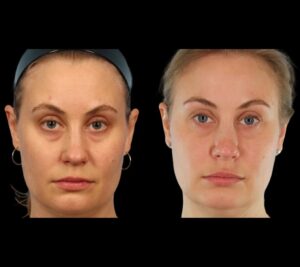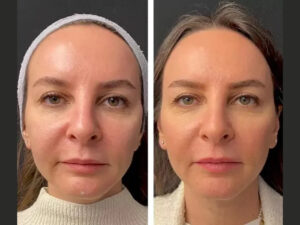Water Borne Diseases and Water Quality: How to Protect Your Health
Water is essential for life, but it can also be a source of serious health risks if it is contaminated. Waterborne diseases are caused by harmful microorganisms such as bacteria, viruses, and parasites that are present in untreated or poorly treated water. With water quality playing such a vital role in preventing these diseases, understanding the importance of clean and safe drinking water is crucial for maintaining health and well-being.
In this blog, we will explore how poor water quality contributes to waterborne diseases and how you can safeguard your health by ensuring access to clean water through water purifier filters or an alkaline water filters.
What Are Waterborne Diseases?
Waterborne diseases are illnesses caused by ingesting or coming into contact with contaminated water. The contaminants in the water can include bacteria, viruses, parasites, or toxins. These pathogens enter water sources through pollution, improper waste disposal, and poor sanitation practices.
Common waterborne diseases include:
- Cholera: A bacterial infection causing severe diarrhea and dehydration, often linked to poor sanitation.
- Typhoid Fever: Caused by the bacteria Salmonella typhi, leading to high fever, stomach issues, and fatigue.
- Giardia: A parasitic infection that causes gastrointestinal symptoms like diarrhea and bloating.
- Hepatitis A: A viral infection that affects the liver and spreads through contaminated water or food.
- Dysentery: An infection that leads to severe diarrhea, often caused by bacteria or parasites.
How Poor Water Quality Contributes to Waterborne Diseases
Water quality is a critical factor in preventing waterborne diseases. Contaminants such as bacteria, viruses, and chemicals can make their way into water supplies through various means:
- Agricultural runoff: Fertilizers, pesticides, and animal waste can contaminate surface water sources.
- Sewage and wastewater: Inadequate sewage treatment systems can introduce harmful pathogens into drinking water.
- Industrial waste: Pollutants from factories and industrial plants can contaminate local water supplies, making it unsafe to drink.
- Natural sources: Some naturally occurring substances like heavy metals and toxins can also degrade water quality and pose health risks.
How to Protect Your Health from Waterborne Diseases
Protecting yourself and your family from waterborne diseases begins with ensuring that the water you consume is clean and free of contaminants. Here are some tips to improve water quality in your home:
- Use a Water Purifier Filter
A water purifier filter is one of the most effective ways to ensure clean, safe drinking water. Many advanced water purifier filters can remove harmful bacteria, viruses, and toxins from your water, significantly reducing the risk of waterborne diseases. - Install an Alkaline Water Filter
An alkaline water filter does more than just purify your water—it also helps to increase the pH level of the water, providing you with alkaline water that offers additional health benefits. Alkaline water filters can also remove impurities like chlorine, heavy metals, and fluoride, giving you cleaner, healthier water that supports overall wellness. - Boil Water
Boiling water is an effective and low-cost method to kill harmful bacteria and viruses in contaminated water. Boiling water for 1-3 minutes ensures that most pathogens are destroyed. - Monitor Water Quality
Regularly test your home’s water quality to check for contaminants, especially if you’re using a well or relying on an unregulated water source. Many testing kits are available for checking levels of chlorine, lead, bacteria, and other harmful substances.
Conclusion
Waterborne diseases are a significant global health risk, but they can be prevented by improving water quality through proper purification and filtration systems. Investing in the best water purifier filter is an important step in safeguarding your health and reducing the risk of illness from contaminated water.













Post Comment